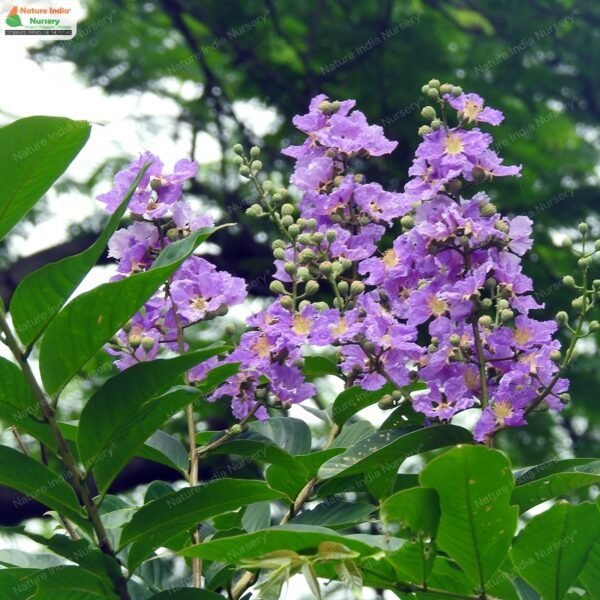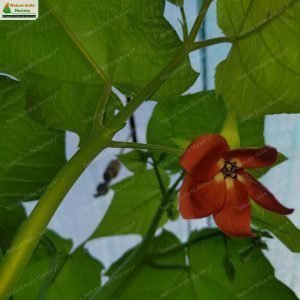Lagerstroemia speciosa, commonly known as Queen’s Crape Myrtle or Pride of India, is a stunning tree that can grow up to 20 meters tall. It is native to tropical southern Asia and is widely admired for its beautiful flowers and attractive bark. Lagerstroemia speciosa produces large clusters of bright pink to light purple flowers. These flowers have a crinkled texture, similar to crepe paper, which is why the tree is called Crape Myrtle.
Lagerstroemia speciosa is a popular choice for gardens and landscapes due to its striking appearance and low maintenance requirements. It adds a splash of color and elegance to any setting. The tree’s flowers, bark, and overall aesthetic make it a favorite among gardeners and landscapers.
Habitat
Lagerstroemia speciosa is native to tropical southern Asia.
Planting and Care
-
Planting Location: Choose a sunny spot in your garden, as Queen’s Crape Myrtle thrives in full sunlight. It needs at least 6 hours of direct sunlight each day to produce abundant flowers.
-
Soil: Plant the tree in well-drained soil. While it can tolerate a range of soil types, it prefers slightly acidic to neutral soil. If your soil is heavy clay, consider amending it with organic matter to improve drainage.
-
Watering: Water the tree regularly, especially during the first few years after planting. Once established, it is relatively drought-tolerant, but regular watering during dry periods will help it thrive. Ensure the soil is moist but not waterlogged.
-
Mulching: Apply a layer of mulch around the base of the tree to help retain moisture, regulate soil temperature, and suppress weeds. Keep the mulch a few inches away from the trunk to prevent rot.
-
Fertilizing: Feed the tree with a balanced, slow-release fertilizer in the spring. Avoid over-fertilizing, as this can lead to excessive leaf growth at the expense of flowers.
-
Pruning: Prune the tree in late winter or early spring before new growth begins. Remove any dead, damaged, or crossing branches to improve air circulation and shape the tree. Avoid heavy pruning, as this can reduce flowering.
-
Pest and Disease Control: Queen’s Crape Myrtle is generally resistant to pests and diseases, but keep an eye out for common issues like powdery mildew, aphids, and scale insects. Treat any infestations promptly with appropriate insecticides or fungicides.
-
Winter Care: In colder climates, protect the tree from frost by covering it with a frost cloth or burlap. Mulching heavily around the base can also help insulate the roots.
Additional Information
-
Wildlife Significance: Attracts pollinators like bees and butterflies.
-
Economical Values: Valued for its ornamental appeal and used in landscaping and gardening.



